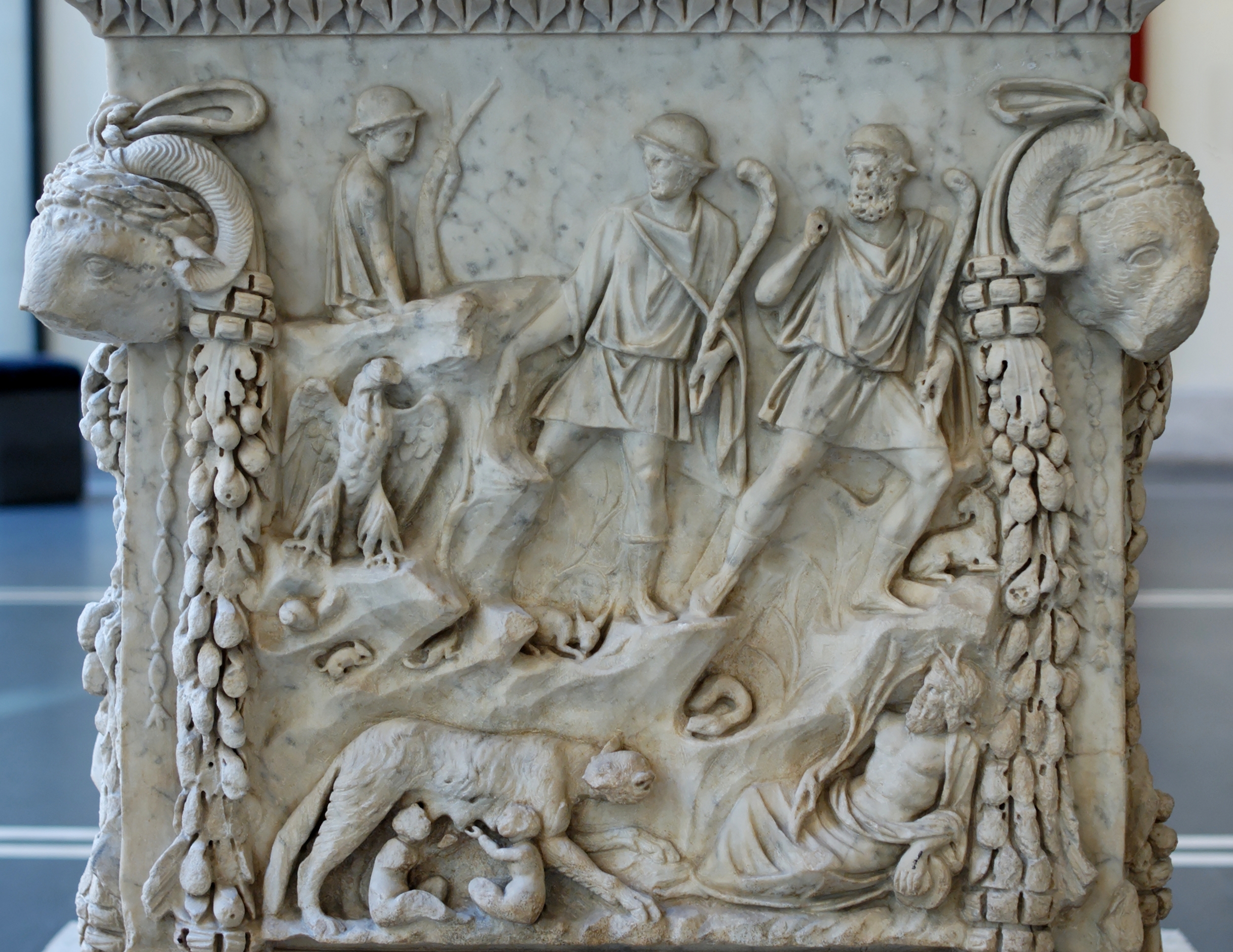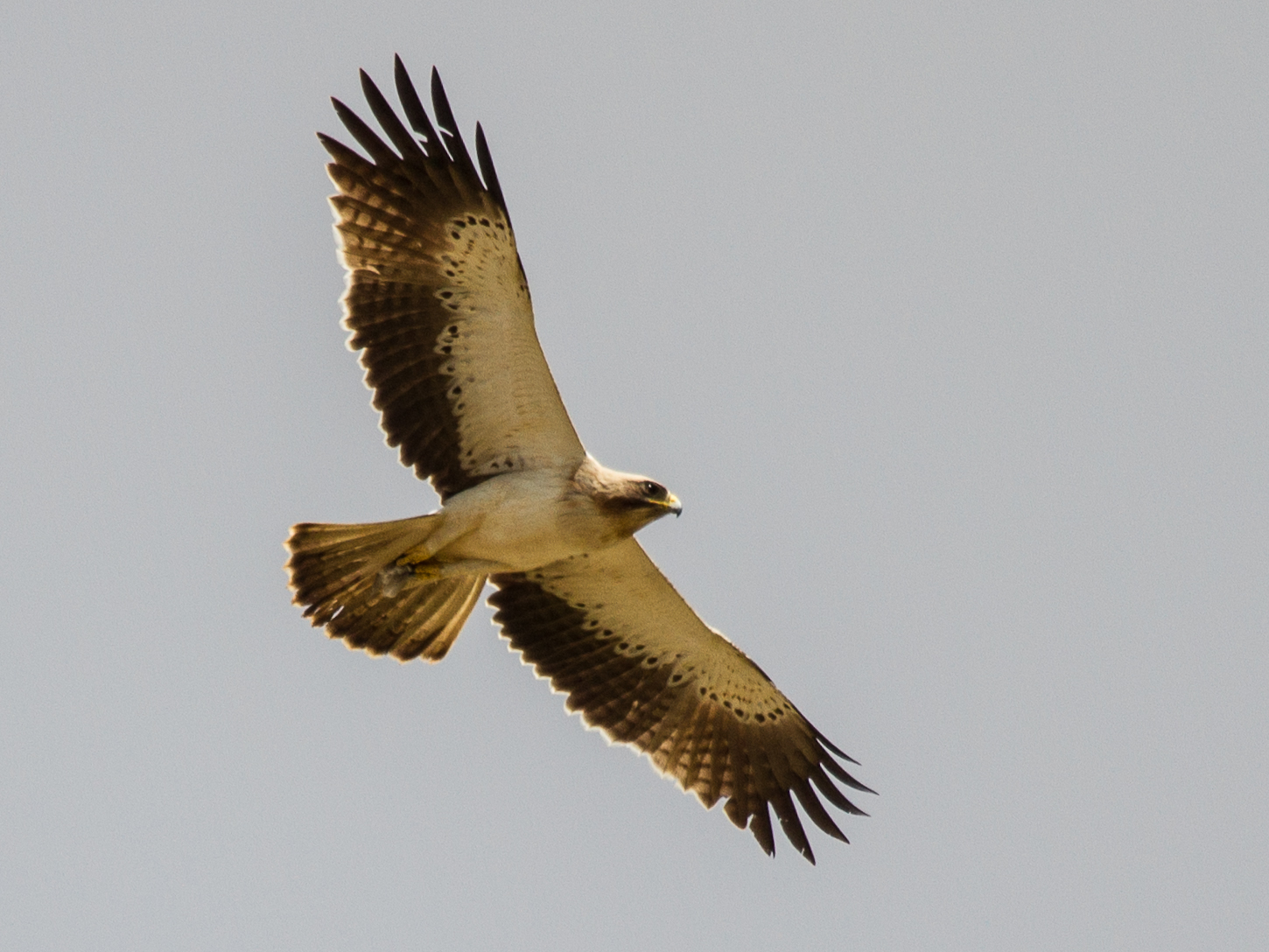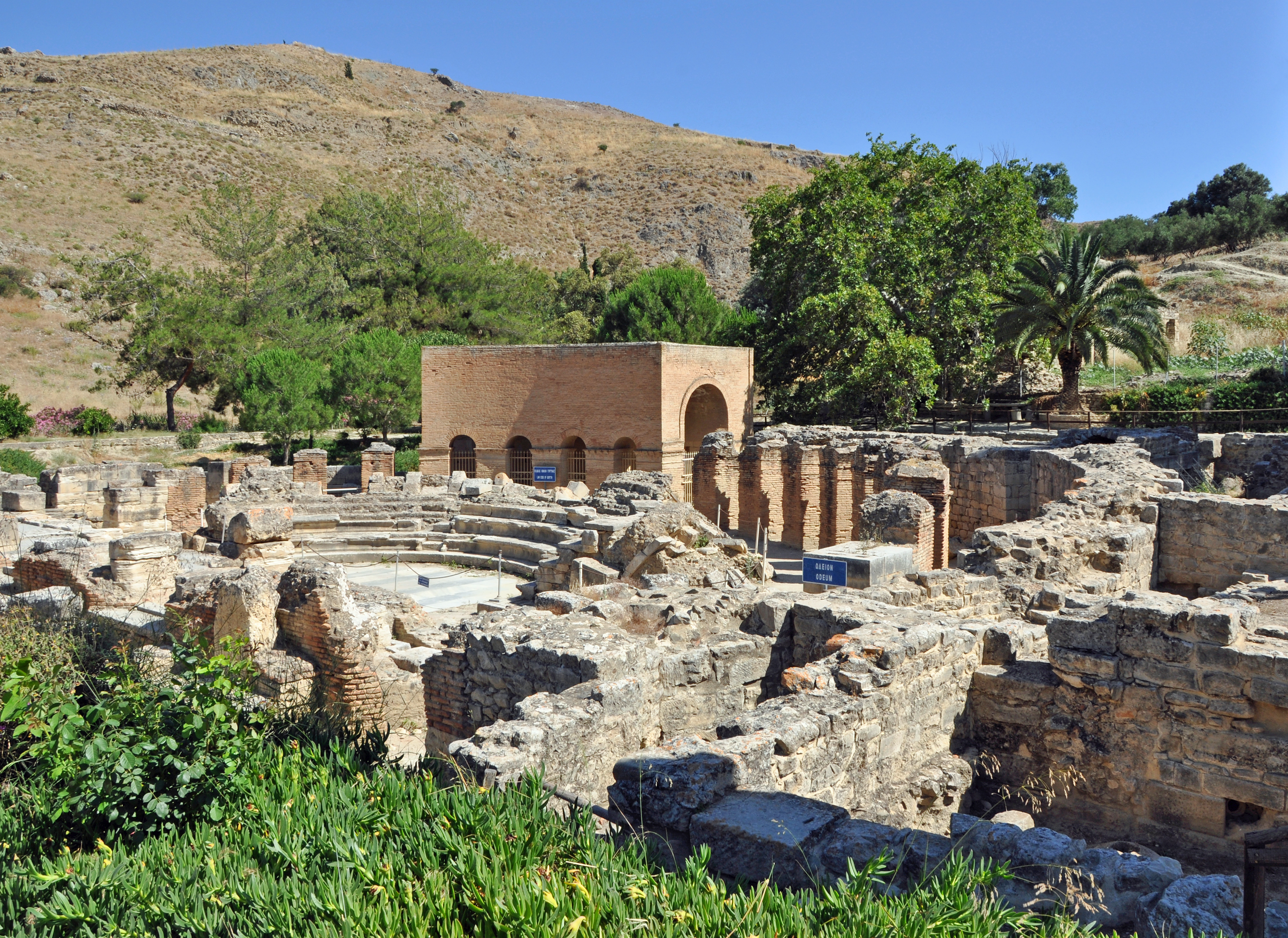|
Welchanos
Velchanos, properly Welchanos (, ), Gelchanos (, ), or Elchanos (, ), is an ancient Minoan god associated with vegetation and worshipped in Crete. He was one of the main deities in the Minoan pantheon, alongside a Mother Goddess figure who appears to have been his mother and consort, with the two participating in an hieros gamos. The cult of Velchanos was likely influenced by the Mesopotamian deity Dumuzid. Following the rise of Mycenaean Greece and contact with the Minoans, Velchanos' cult influenced that of Zeus, who was at times referred to by Greeks under the name Zeus Velchanos. Other possible influences include the Roman deity Vulcan. Origins According to Arthur Evans, a tree cult played one of the most important aspects of the Minoan religion in ancient Crete. In this cult, two deities were worshipped; one male and one female. In this tree cult, while the Mother Goddess was viewed as a personification of tree-vegetation, the male god formed a "concrete image of the vege ... [...More Info...] [...Related Items...] OR: [Wikipedia] [Google] [Baidu] |
Chania
Chania (, , ), also sometimes romanization of Greek, romanized as Hania, is a city in Greece and the capital of the Chania (regional unit), Chania regional unit. It lies along the north west coast of the island Crete, about west of Rethymno and west of Heraklion. The municipality has 111,375 inhabitants (2021). This consists of the city of Chania and several nearby areas, including Kounoupidiana, Mournies, Souda, Nerokouros, Daratsos, Perivolia, Galatas and Aroni. History Minoan era Chania was the site of a Minoan civilization, Minoan settlement, known from Linear B tablets from Knossos as having been named (). The subsequent Greek settlement was likewise known as Cydonia, Crete, Cydonia (, ''Kydōnía''), ultimately the source of the English word "quince". Some notable archaeological evidence for the existence of this Minoan city below some parts of today's Chania was found by excavations in the district of Kasteli in the Old Town. This area appears to have been inh ... [...More Info...] [...Related Items...] OR: [Wikipedia] [Google] [Baidu] |
Mother Goddess
A mother goddess is a major goddess characterized as a mother or progenitor, either as an embodiment of motherhood and fertility or fulfilling the cosmological role of a creator- and/or destroyer-figure, typically associated the Earth, sky, and/or the life-giving bounties thereof in a maternal relation with humanity or other gods. When equated in this lattermost function with the earth or the natural world, such goddesses are sometimes referred to as the Mother Earth or Earth Mother, deity in various animistic or pantheistic religions. The earth goddess is archetypally the wife or feminine counterpart of the Sky Father or ''Father Heaven'', particularly in theologies derived from the Proto-Indo-European sphere (i.e. from Dheghom and Dyeus). In some polytheistic cultures, such as the Ancient Egyptian religion which narrates the cosmic egg myth, the sky is instead seen as the Heavenly Mother or Sky Mother as in Nut and Hathor, and the earth god is regarded as the mal ... [...More Info...] [...Related Items...] OR: [Wikipedia] [Google] [Baidu] |
Aedicula
In religion in ancient Rome, ancient Roman religion, an ''aedicula'' (: ''aediculae'') is a small shrine, and in classical architecture refers to a Niche (architecture), niche covered by a pediment or entablature supported by a pair of columns and typically framing a statue,"aedicula, n." ''OED Online'', Oxford University Press, September 2020www.oed.com/view/Entry/3077 Accessed 29 September 2020."aedicule, n." ''OED Online'', Oxford University Press, September 2020www.oed.com/view/Entry/3079 Accessed 29 September 2020 the early Christian ones sometimes contained funeral urns. ''Aediculae'' are also represented in art as a form of ornamentation. The word ''aedicula'' is the diminutive of the Latin ''aedes (Roman), aedes'', a temple building or dwelling place. The Latin word has been Anglicisation of names, anglicised as "aedicule" and as "edicule". Describing post-antique architecture, especially Renaissance architecture, aedicular forms may be described using the word tabernacle ... [...More Info...] [...Related Items...] OR: [Wikipedia] [Google] [Baidu] |
Brill Publishers
Brill Academic Publishers () is a Dutch international academic publisher of books, academic journals, and Bibliographic database, databases founded in 1683, making it one of the oldest publishing houses in the Netherlands. Founded in the South Holland city of Leiden, it maintains its headquarters there, while also operating offices in Boston, Paderborn, Vienna, Singapore, and Beijing. Since 1896, Brill has been a public limited company (). Brill is especially known for its work in subject areas such as Oriental studies, classics, religious studies, Jewish studies, Islamic studies, Asian studies, international law, and human rights. The publisher offers traditional print books, academic journals, primary source materials online, and publications on microform. In recent decades, Brill has expanded to Electronic publishing, digital publishing with ebooks and online resources including databases and specialty collections varying by discipline. History Founding by Luchtmans, 16 ... [...More Info...] [...Related Items...] OR: [Wikipedia] [Google] [Baidu] |
Mnemosyne (journal)
''Mnemosyne'' is an academic journal of classical studies published by Brill Publishers. It was established in 1852 as a journal of textual criticism. It publishes articles mainly in English, but also in French, German, and Latin. The journal is abstracted and indexed in the Arts and Humanities Citation Index, Current Contents, and MLA International Bibliography The Modern Language Association of America, often referred to as the Modern Language Association (MLA), is widely considered the principal professional association in the United States for scholars of language and literature. The MLA aims to "str .... External links * Classics journals Academic journals established in 1852 Multilingual journals Brill Publishers academic journals {{classics-journal-stub ... [...More Info...] [...Related Items...] OR: [Wikipedia] [Google] [Baidu] |
Roman Mythology
Roman mythology is the body of myths of ancient Rome as represented in the literature and visual arts of the Romans, and is a form of Roman folklore. "Roman mythology" may also refer to the modern study of these representations, and to the subject matter as represented in the literature and art of other cultures in any period. Roman mythology draws from the mythology of the Italic peoples and shares mythemes with Proto-Indo-European mythology. The Romans usually treated their traditional narratives as historical, even when these have miraculous or supernatural elements. The stories are often concerned with politics and morality, and how an individual's personal integrity relates to his or her responsibility to the community or Roman state. Heroism is an important theme. When the stories illuminate Roman religious practices, they are more concerned with ritual, augury, and institutions than with theology or cosmogony. Roman mythology also draws on Greek mythology, pri ... [...More Info...] [...Related Items...] OR: [Wikipedia] [Google] [Baidu] |
Eagle
Eagle is the common name for the golden eagle, bald eagle, and other birds of prey in the family of the Accipitridae. Eagles belong to several groups of Genus, genera, some of which are closely related. True eagles comprise the genus ''Aquila (bird), Aquila''. Most of the 68 species of eagles are from Eurasia and Africa. Outside this area, just 14 species can be found—two in North America, nine in Central and South America, and three in Australia. Eagles are not a natural group but denote essentially any kind of bird of prey large enough to hunt sizeable (about 50 cm long or more overall) vertebrates. Etymology The word "eagle" is borrowed into English from and , both derived ultimately from ("eagle"). It is cognate with terms such as , and . It is broadly synonymous with the less common English term "erne" or "earn", deriving from , from , in which it acts as the usual word for the bird. The Old English term is turn derived from and is cognate with other synonymous ... [...More Info...] [...Related Items...] OR: [Wikipedia] [Google] [Baidu] |
Bull
A bull is an intact (i.e., not Castration, castrated) adult male of the species ''Bos taurus'' (cattle). More muscular and aggressive than the females of the same species (i.e. cows proper), bulls have long been an important symbol cattle in religion and mythology, in many religions, including for sacrifices. These animals play a significant role in beef ranching, dairy farming, and a variety of sporting and cultural activities, including bullfighting and bull riding. Due to their temperament, handling of bulls requires precautions. Nomenclature The female counterpart to a bull is a cow, while a male of the species that has been Castration, castrated is a ''steer'', ''Oxen, ox'', or ''bullock'', although in North America, this last term refers to a young bull. Use of these terms varies considerably with area and dialect. Colloquially, people unfamiliar with cattle may also refer to steers and heifers as "cows", and bovines of aggressive or long-horned breeds as "bulls" reg ... [...More Info...] [...Related Items...] OR: [Wikipedia] [Google] [Baidu] |
Rooster
The chicken (''Gallus gallus domesticus'') is a domesticated subspecies of the red junglefowl (''Gallus gallus''), originally native to Southeast Asia. It was first domesticated around 8,000 years ago and is now one of the most common and widespread domesticated animals in the world. Chickens are primarily kept for their meat and eggs, though they are also kept as pets. As of 2023, the global chicken population exceeds 26.5 billion, with more than 50 billion birds produced annually for consumption. Specialized breeds such as broilers and laying hens have been developed for meat and egg production, respectively. A hen bred for laying can produce over 300 eggs per year. Chickens are social animals with complex vocalizations and behaviors, and feature prominently in folklore, religion, and literature across many societies. Their economic importance makes them a central component of global animal husbandry and agriculture. Nomenclature Terms for chickens include: * ' ... [...More Info...] [...Related Items...] OR: [Wikipedia] [Google] [Baidu] |
Knossos
Knossos (; , ; Linear B: ''Ko-no-so'') is a Bronze Age archaeological site in Crete. The site was a major centre of the Minoan civilization and is known for its association with the Greek myth of Theseus and the minotaur. It is located on the outskirts of Heraklion, and remains a popular tourist destination. Knossos is considered by many to be the oldest city in Europe. Knossos is dominated by the monumental Palace of Minos. Like other Minoan palaces, this complex of buildings served as a combination religious and administrative centre rather than a royal residence. The earliest parts of the palace were built around 1900 BC in an area that had been used for ritual feasting since the Neolithic. The palace was continually renovated and expanded over the next five centuries until its final destruction around 1350 BC. The site was first excavated by Minos Kalokairinos in 1877. In 1900, Arthur Evans, Sir Arthur Evans undertook more extensive excavations which unearthed most of th ... [...More Info...] [...Related Items...] OR: [Wikipedia] [Google] [Baidu] |
Lyctus
Lyktos ( Greek: or ) was a city in ancient Crete. During the Classical and Roman periods, it was one of the major settlements on the island. Its ruins are located near the modern-day village of Lyttos in the municipality of Minoa Pediada, Heraklion Regional Unit. Lyktos in mythology Lyktos appears in the Homeric catalogue. According to Hesiod, ''Theogony''477-484, Rhea gave birth to Zeus in Lyktos and hid him in a cave of Mount Aegaeon. The inhabitants of this ancient Doric city called themselves colonists of Sparta, and the worship of Apollo appears to have prevailed there. History The name "Lyktos" seems to originate in the Bronze Age, appearing in Linear B texts as ''ru-ki-to'' and as ''rkt (ry-kꜣ-tı͗)'' in an Egyptian list of Aegean place names from the Mortuary Temple of Amenhotep III. In 344 BC, Phalaecus the Phocis assisted the Knossians against their neighbors the Lyktians, and took the city of Lyktos, from which he was driven out by Archidamus, kin ... [...More Info...] [...Related Items...] OR: [Wikipedia] [Google] [Baidu] |
Gortyna
Gortyna (; also known as Gortyn (Γορτύν)) was a town of ancient Crete which appears in the Homeric poems under the form of Γορτύν; but afterwards became usually Gortyna (Γόρτυνα). According to Stephanus of Byzantium it was originally called Larissa (Λάρισσα) and Cremnia or Kremnia (Κρήμνια). History This important city was next to Knossos in importance and splendour; in early times these two great towns had entered into a league which enabled them to reduce the whole of Crete under their power; in after-times when dissensions arose among them they were engaged in continual hostilities. It was originally of very considerable size, since Strabo reckons its circuit at 50 stadia (about , implying an area of about ); but when he wrote it was very much diminished. He adds that Ptolemy Philopator had begun to enclose it with fresh walls; but the work was not carried on for more than 8 stadia (about ). In the Peloponnesian War, Gortyna seems to have ha ... [...More Info...] [...Related Items...] OR: [Wikipedia] [Google] [Baidu] |









